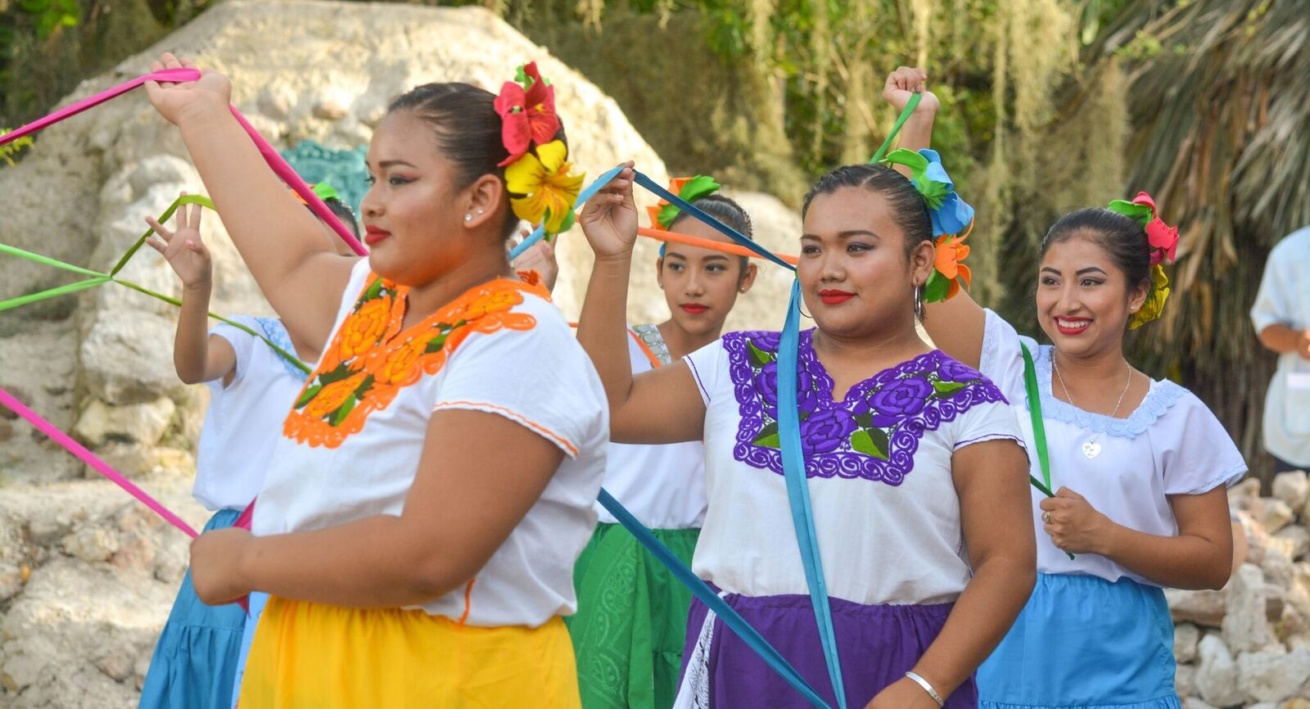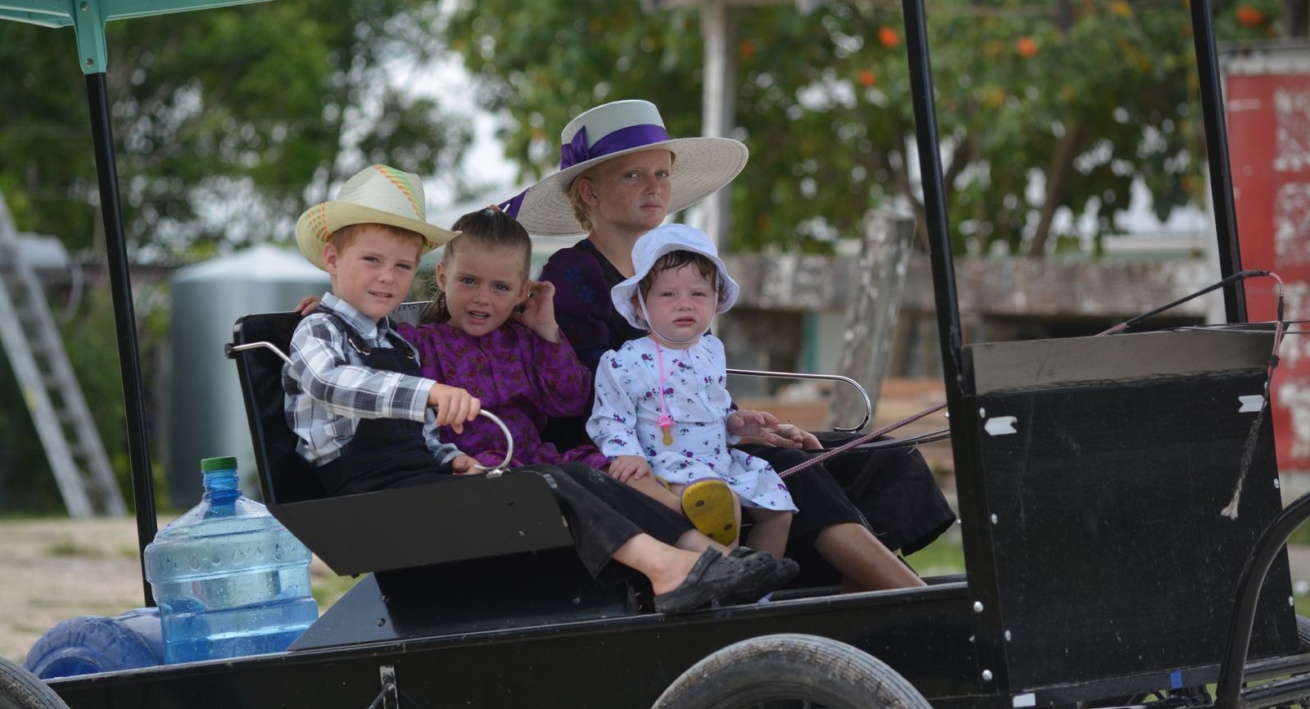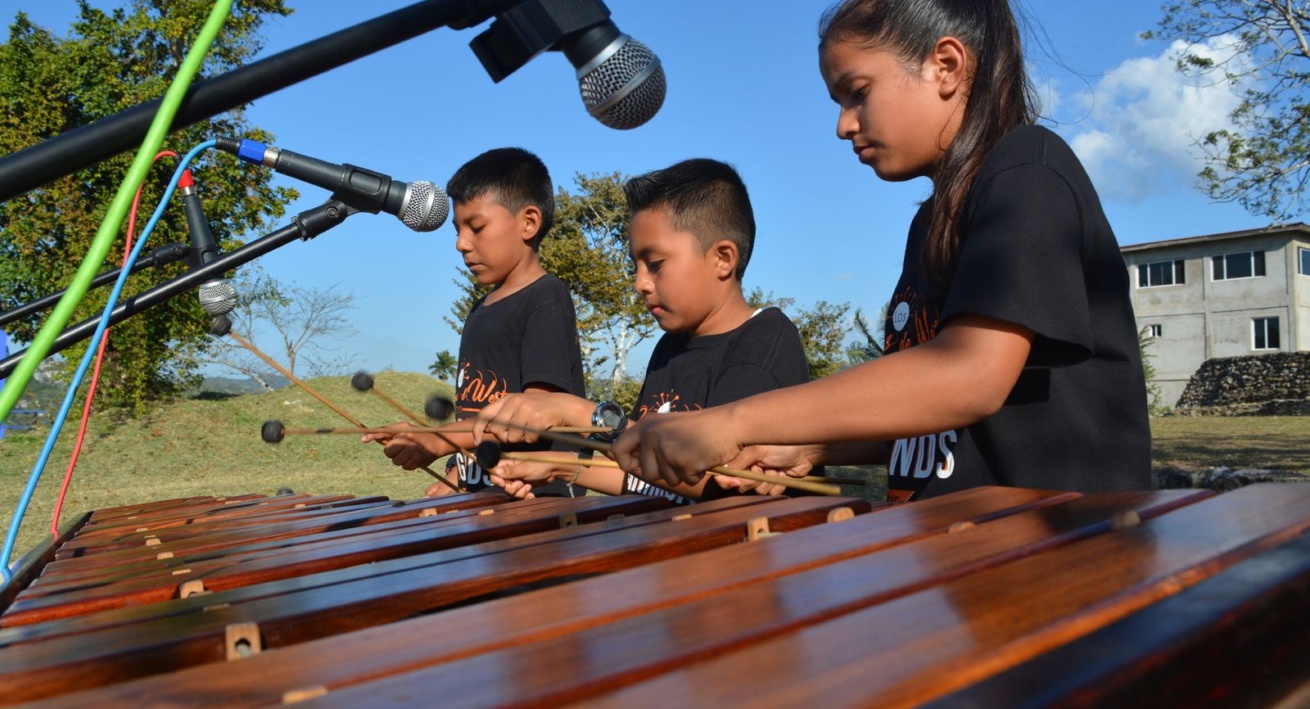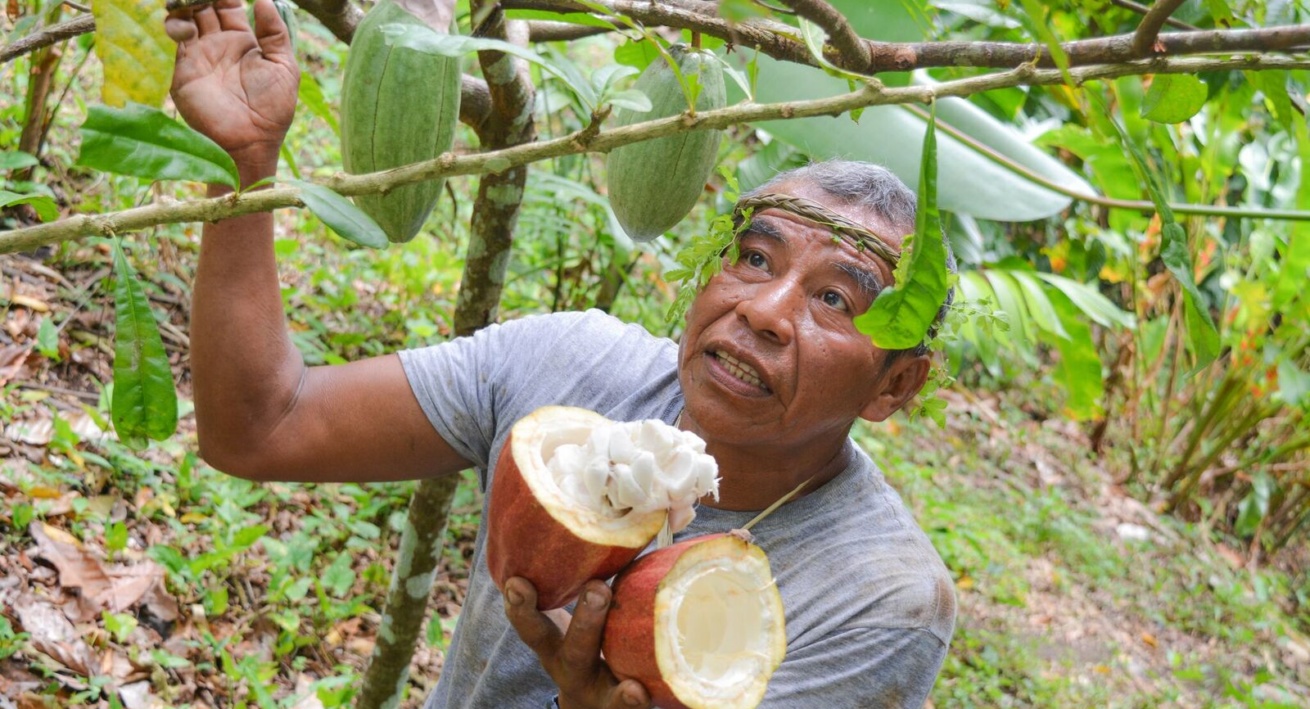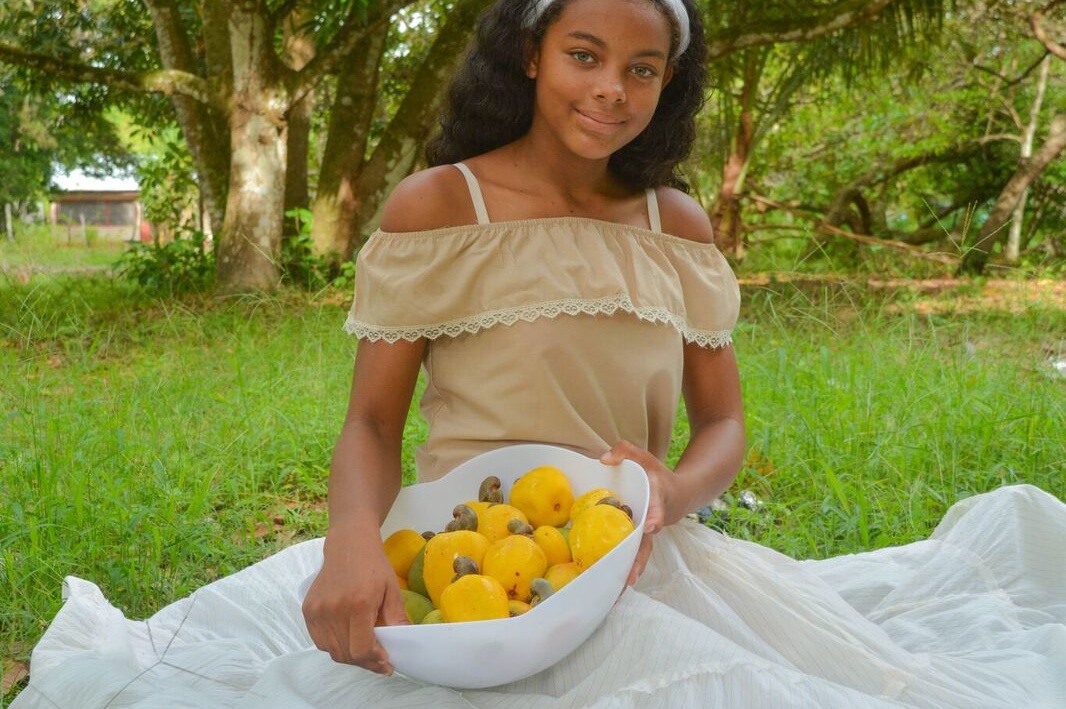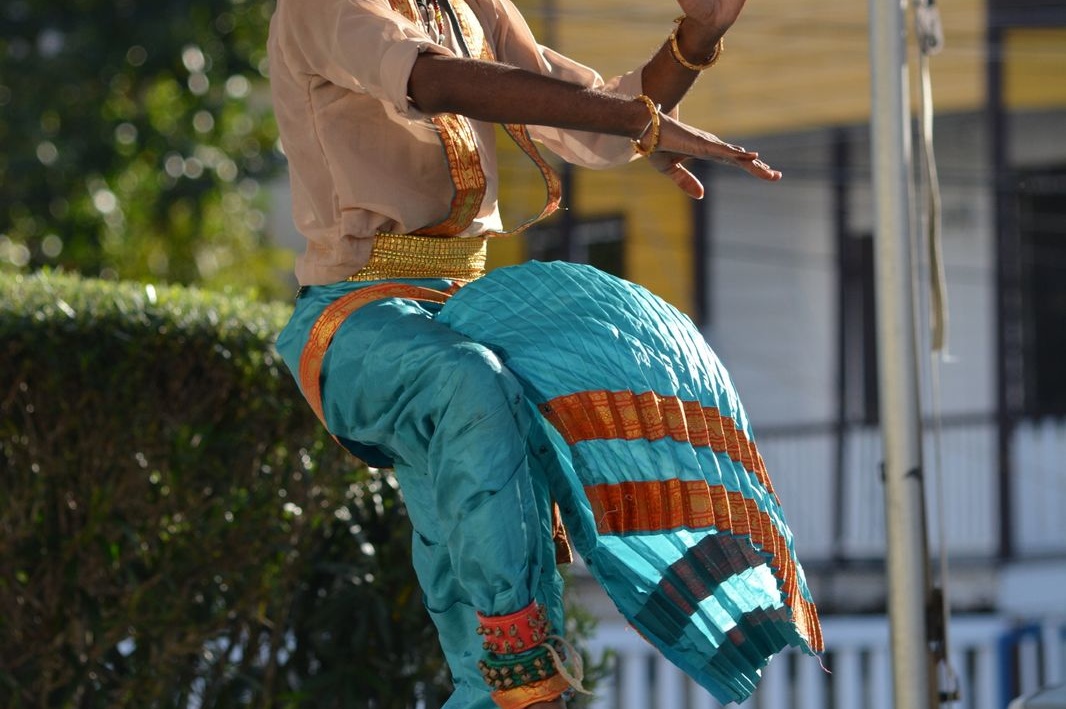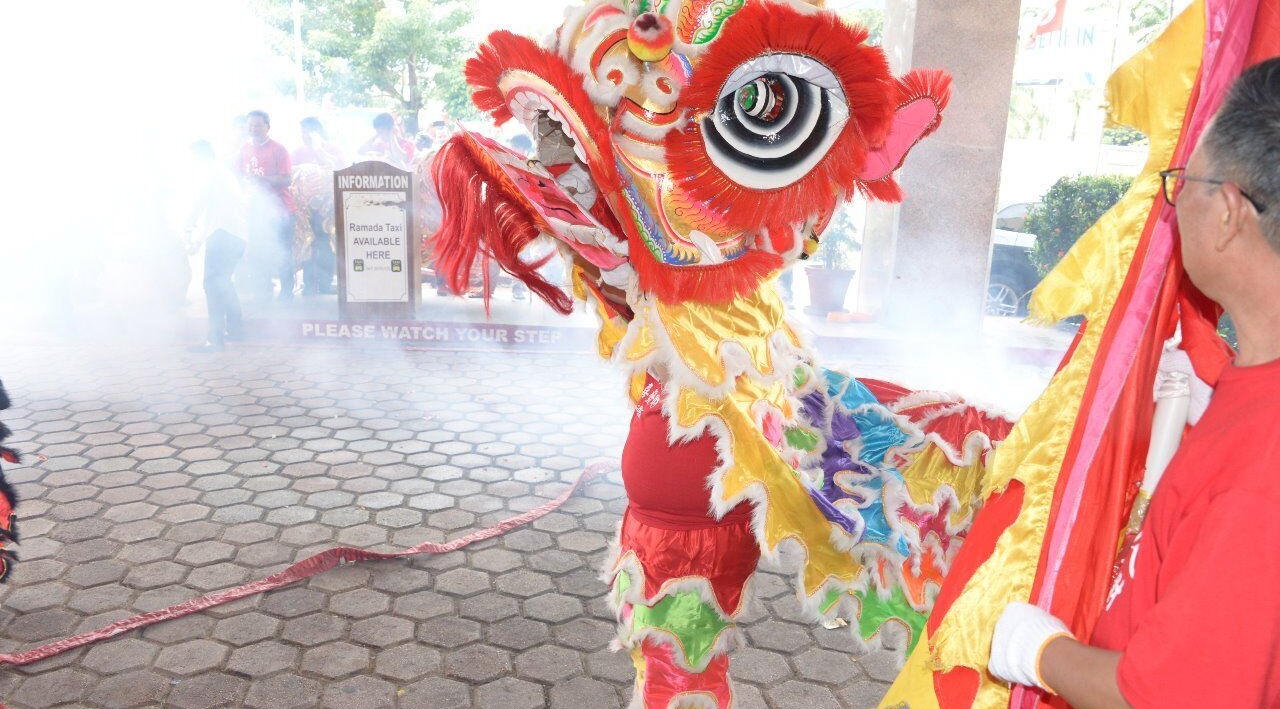By Giovanni Pinelo, Sr. When Spanish soldier Gonzalo Guerrero married Princess Zazil Ha, daughter of Maya Lord Na Chan Kan of Chactemal—present-day Santa Rita archaeological site in Corozal, northern Belize—their three children gave birth to the first Mestizo population. In subsequent years, northern and western Belize welcomed migrants who sought refuge during Yucatán’s Caste War (1847-1901), the Mexican Revolution (1910-1920), and the social upheaval in Petén, Guatemala (1880-1920) respectively. According to the last official census in 2010, over 50 percent of Belize’s population are Mestizo. Estimates have also revealed Spanish as the first language of at least 56 percent of Belizeans. …
